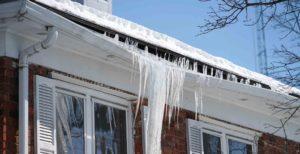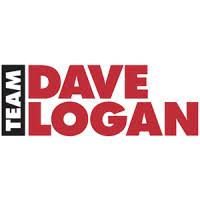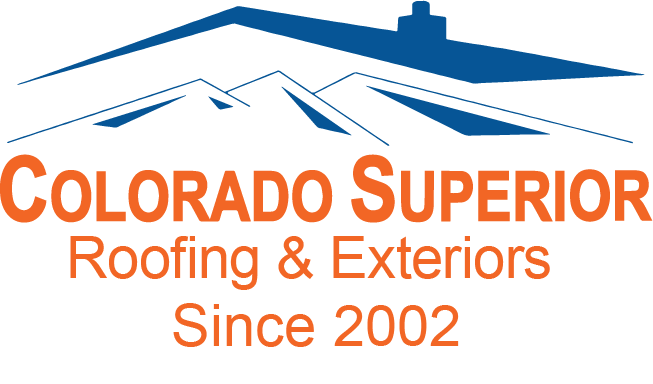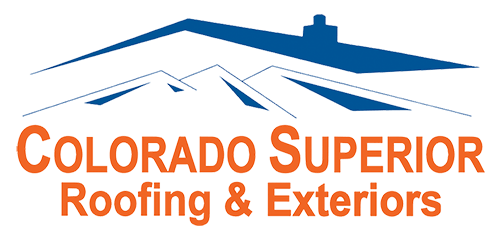Winter and Your Roof

Snow and ice on your roof can be detrimental throughout a single winter. Older roofs are particularly susceptible as decades of winter storms take a toll on their structural integrity. No matter the age of your roof or how it might look from below, it’s essential to learn how harsh winter conditions affect your roof.
Stress
The heavy downward force from snow accumulation is one of the most common snow impacts on a roof. Your roof can sag in areas of intense weight, causing water, snow, and ice to build up even more. This heavy, isolated accumulation can lead to other issues such as leaks.
Ice Dams
Ice dams occur when the warm air seeping from the edges of your roof causes the snow near your gutters to melt. This melted snow then freezes, causing a dam of ice to form around the edge of your roof. Ice dams lead to water and snow being unable to slide off your roof. They also hold back excess water, which can cause leaks.
Freeze and Thaw
Sitting water causes problems when it seeps into cracks and gaps. Every time water freezes, it expands, creating larger cracks and gaps, and it can freeze and thaw multiple times. The expansion can eventually tear shingles from the roof and turn small cracks into larger ones.
Leaks
Did you know that the leading cause of roof leaks is snow? These wintertime leaks can worsen damaged roofs, but the effects can reach even further. When the next sunny day rolls around, that snow can melt and get into your house. This water can soak insulation, walls, and ceilings, leading to severe water damage and mold.
Preventing Damage From Snow and Ice
Proper maintenance is key to keeping your roof in good shape. Here are three steps to help prevent future damage from snow and ice on your roof:
- Inspect: Routinely inspect your roof to keep an eye out for areas of damage. If you have a leak, it may be challenging to discover its source, so contact us at Colorado Superior Roofing Lakewood. We have the tools and expertise to locate it and help you figure out the next steps.
- Repair: A roof leak will not go away miraculously or heal itself, and if not fixed, it will eventually cause interior damage that is even costlier to fix. Like most household structural issues, if you don’t get it fixed as soon as possible, the problem could worsen – especially in winter.
- Clean: Clean your roof at least twice a year to prevent damage. The best time to clean your roof is toward the end of fall and the beginning of spring. That way, you make sure nothing is on your roof by the time the snow and ice arrive, and you’ll have a clean roof once the warmer weather rolls around.





